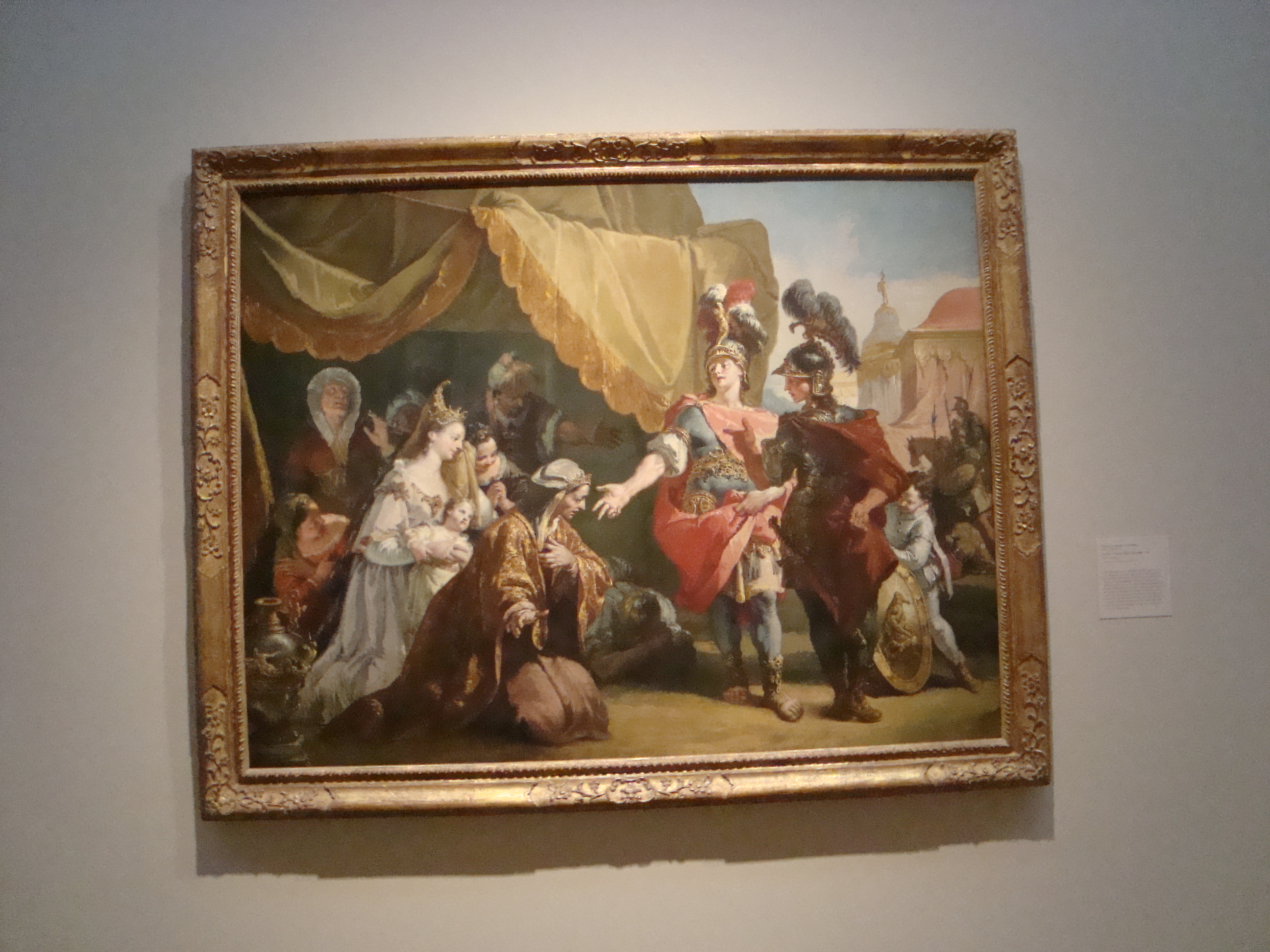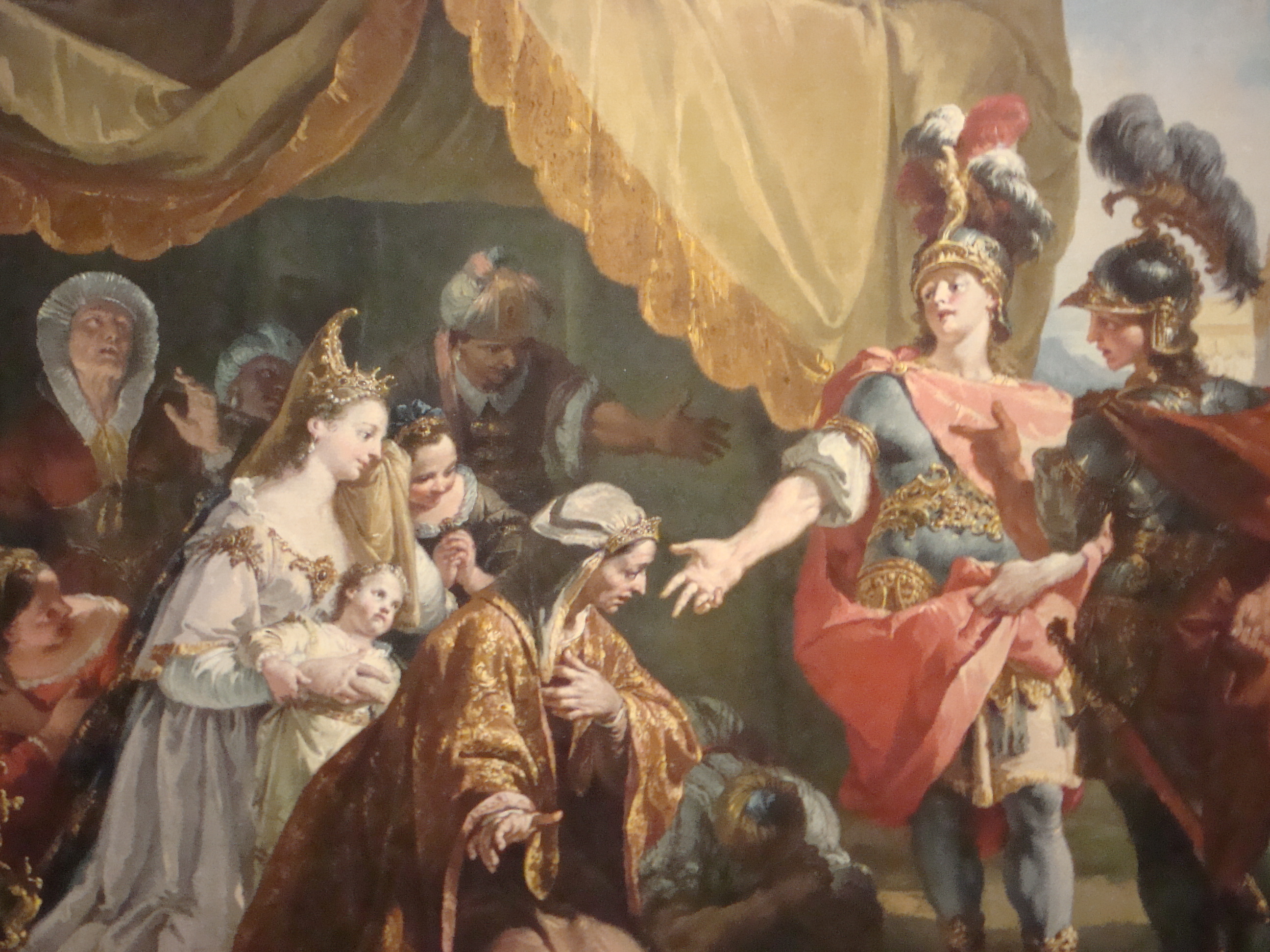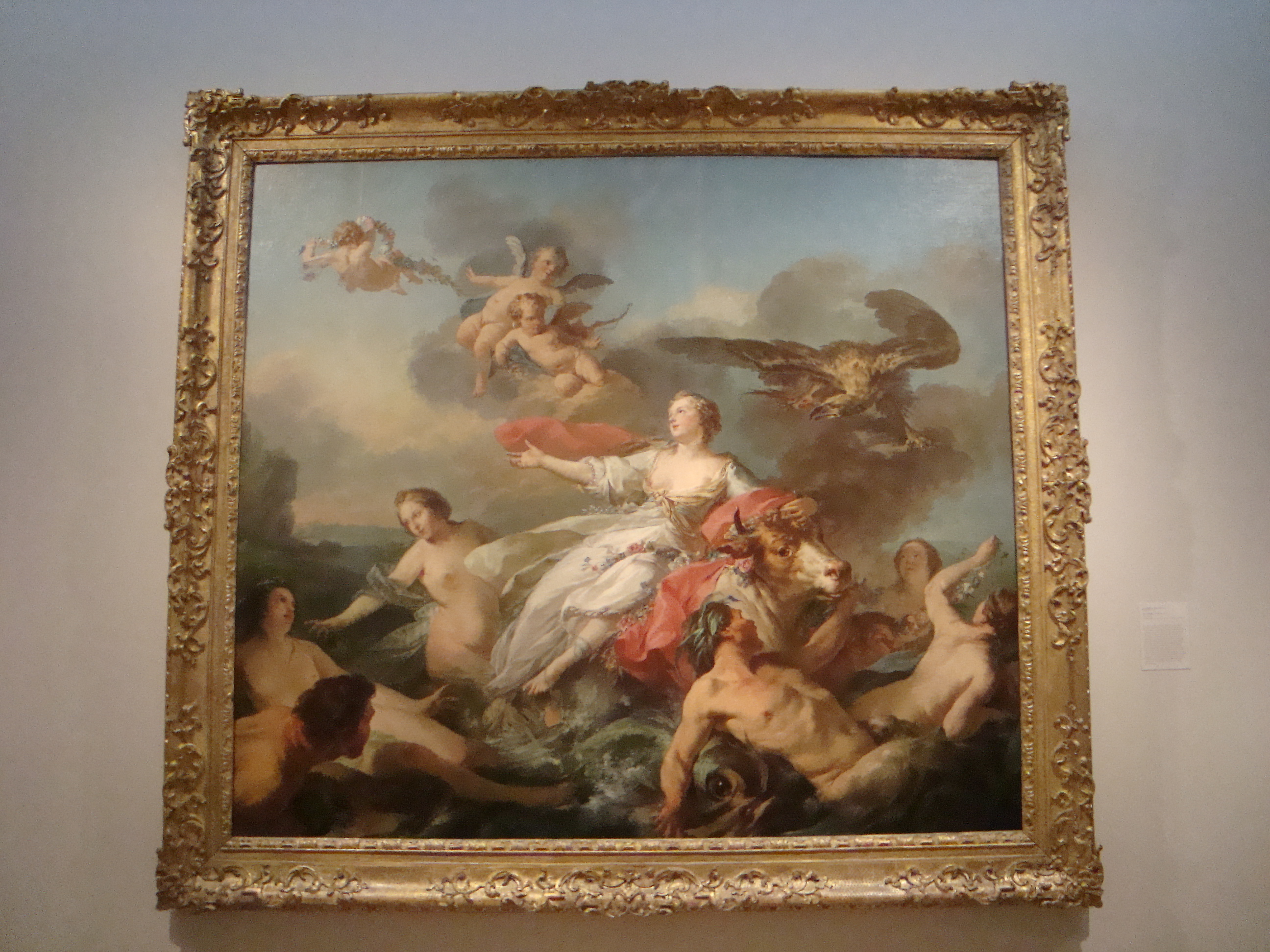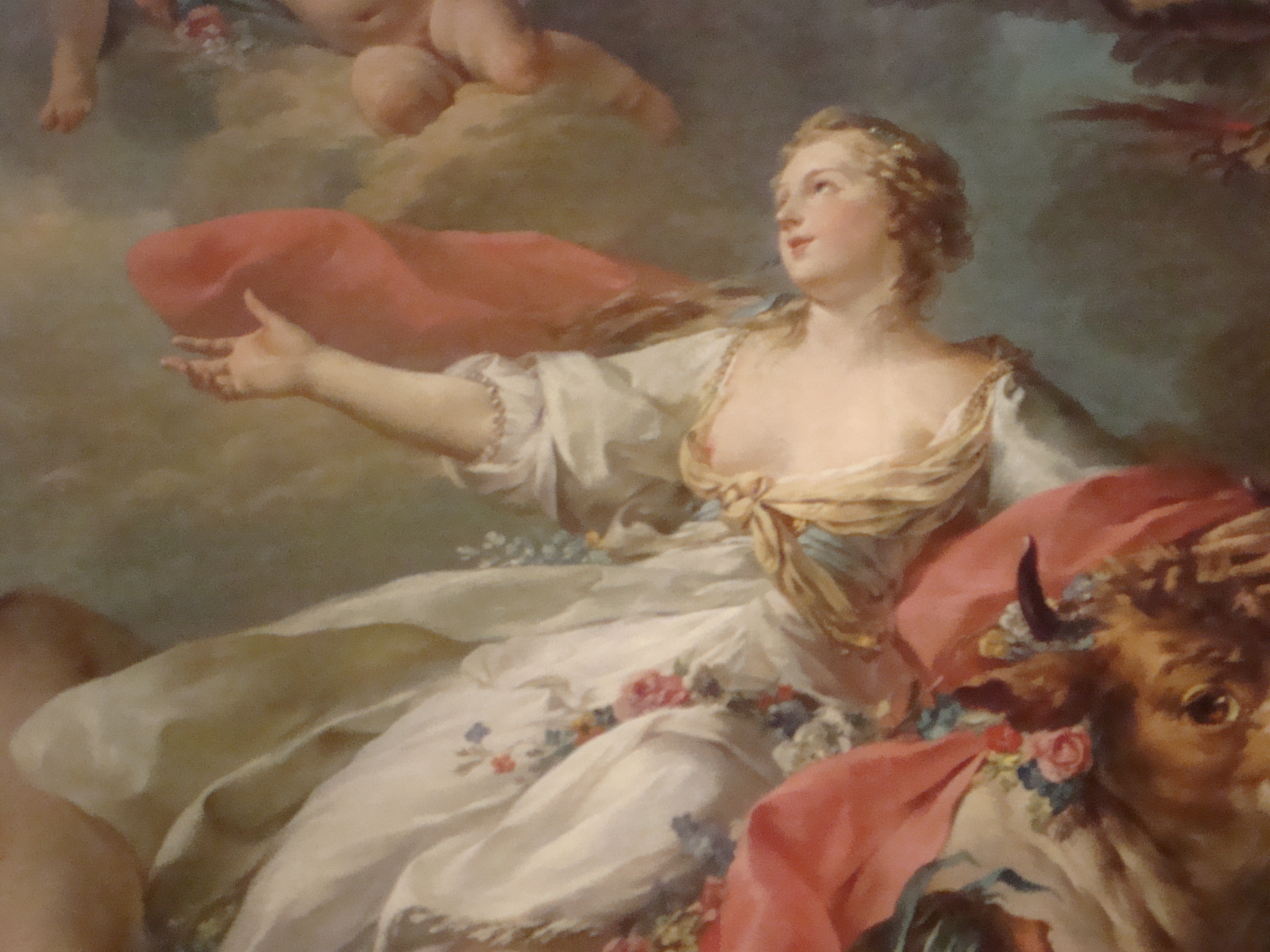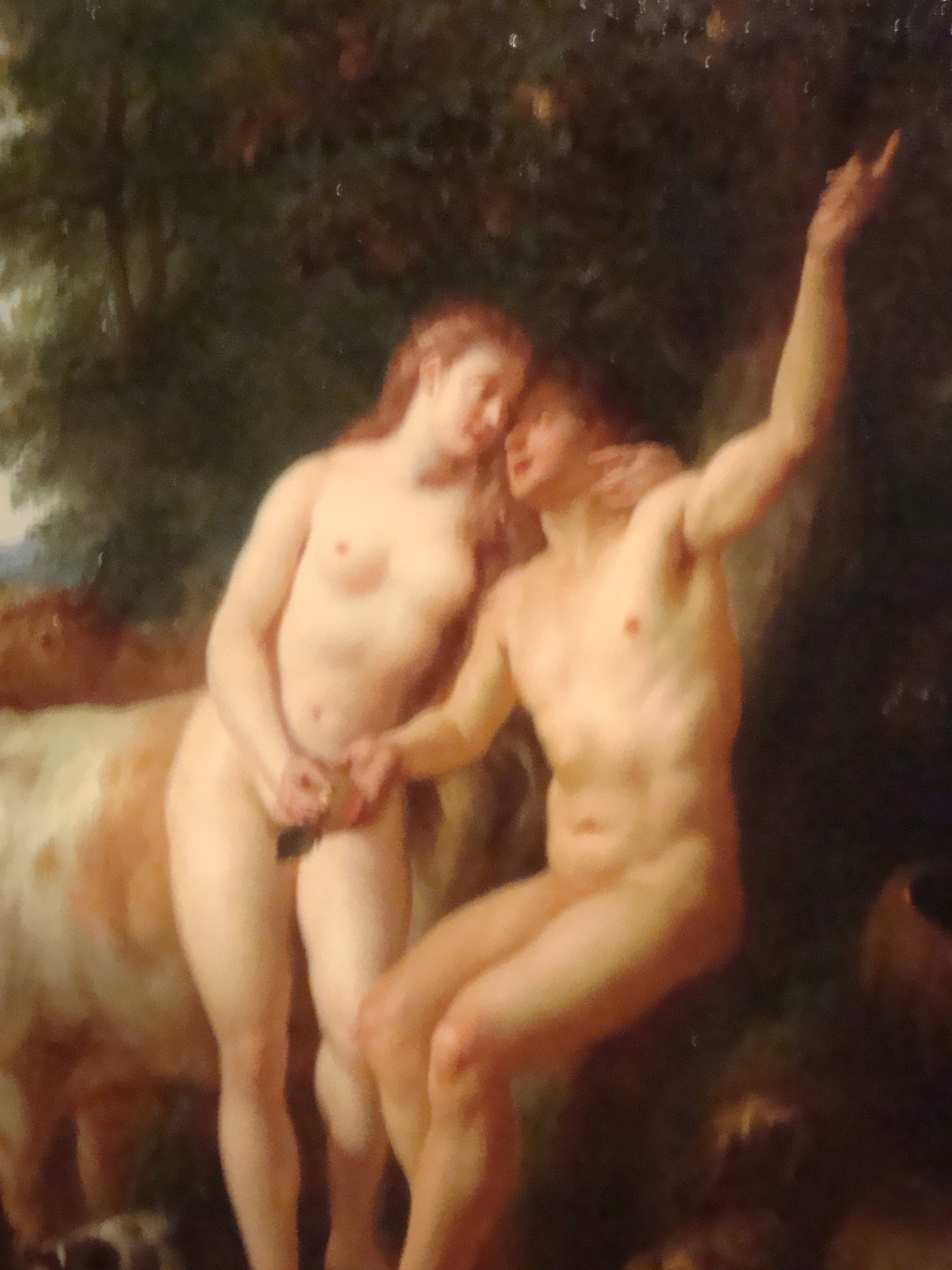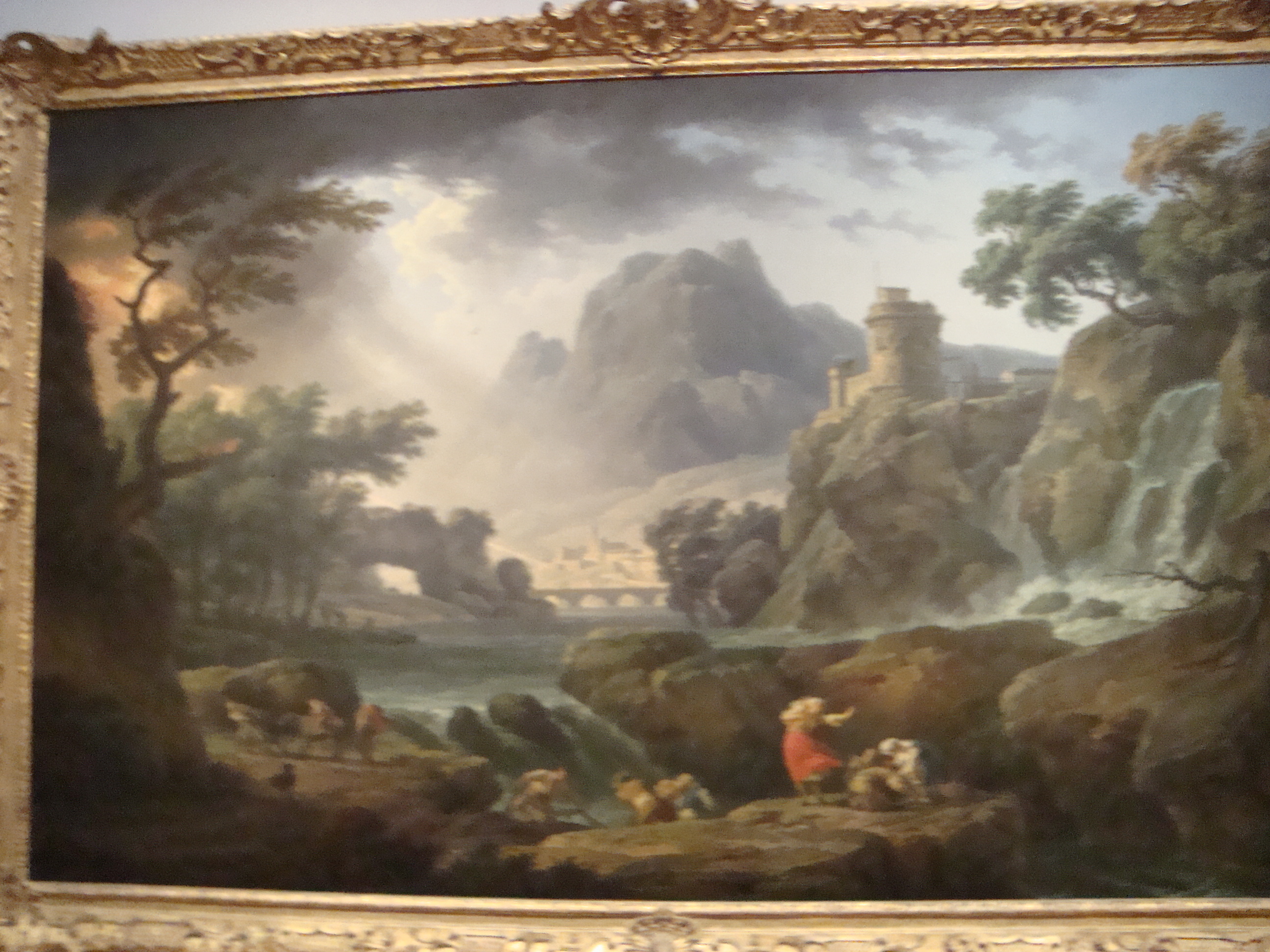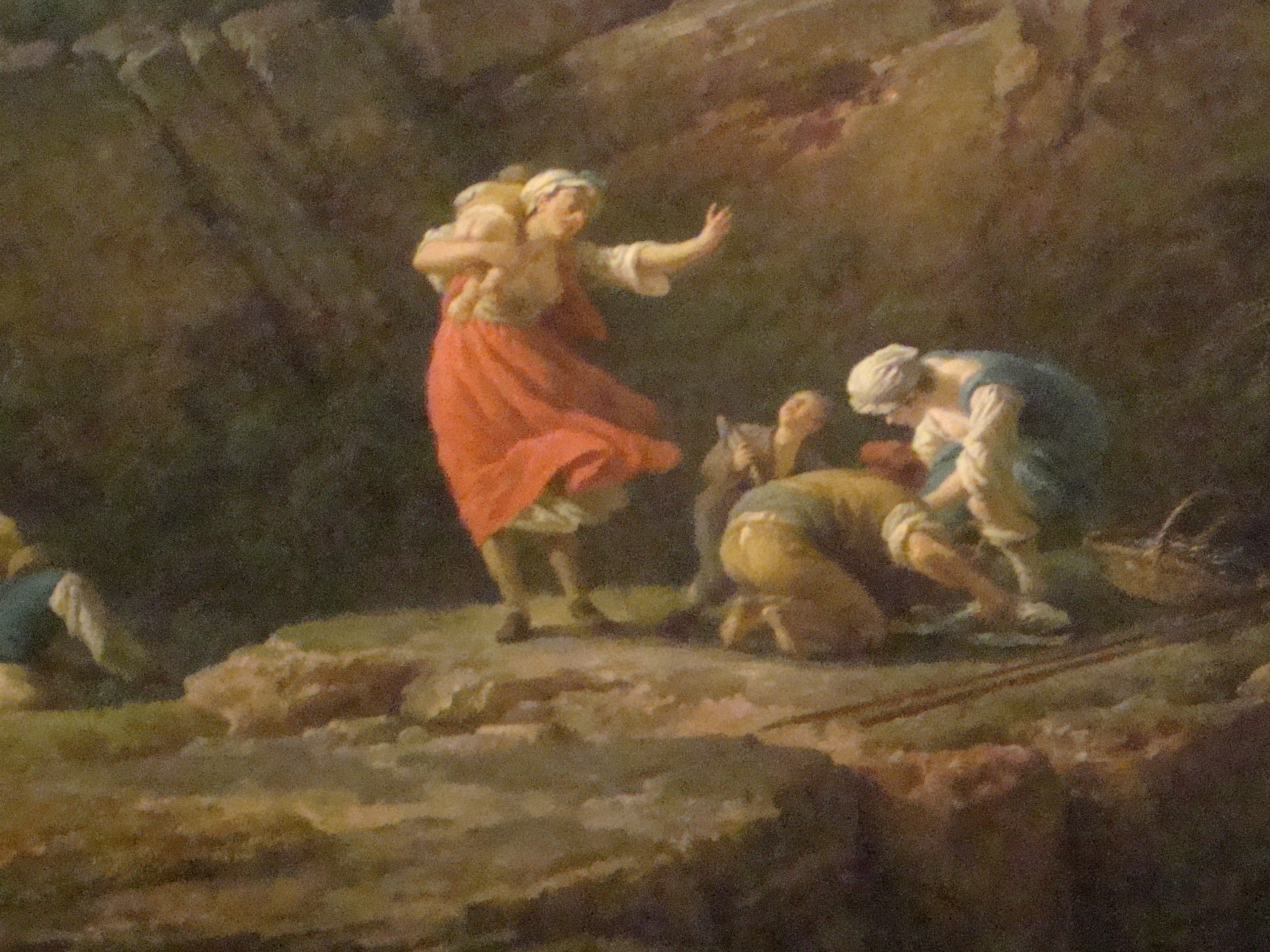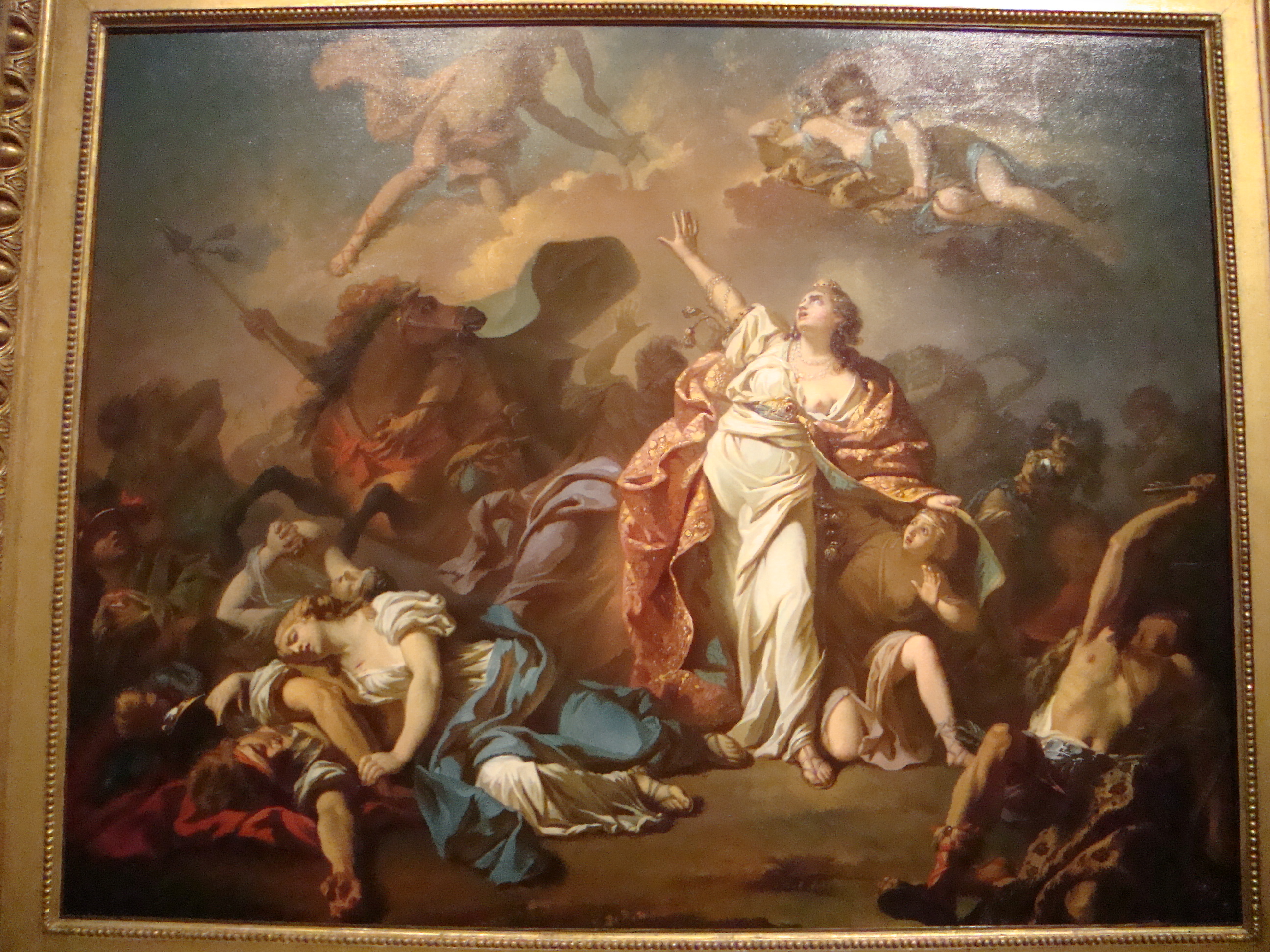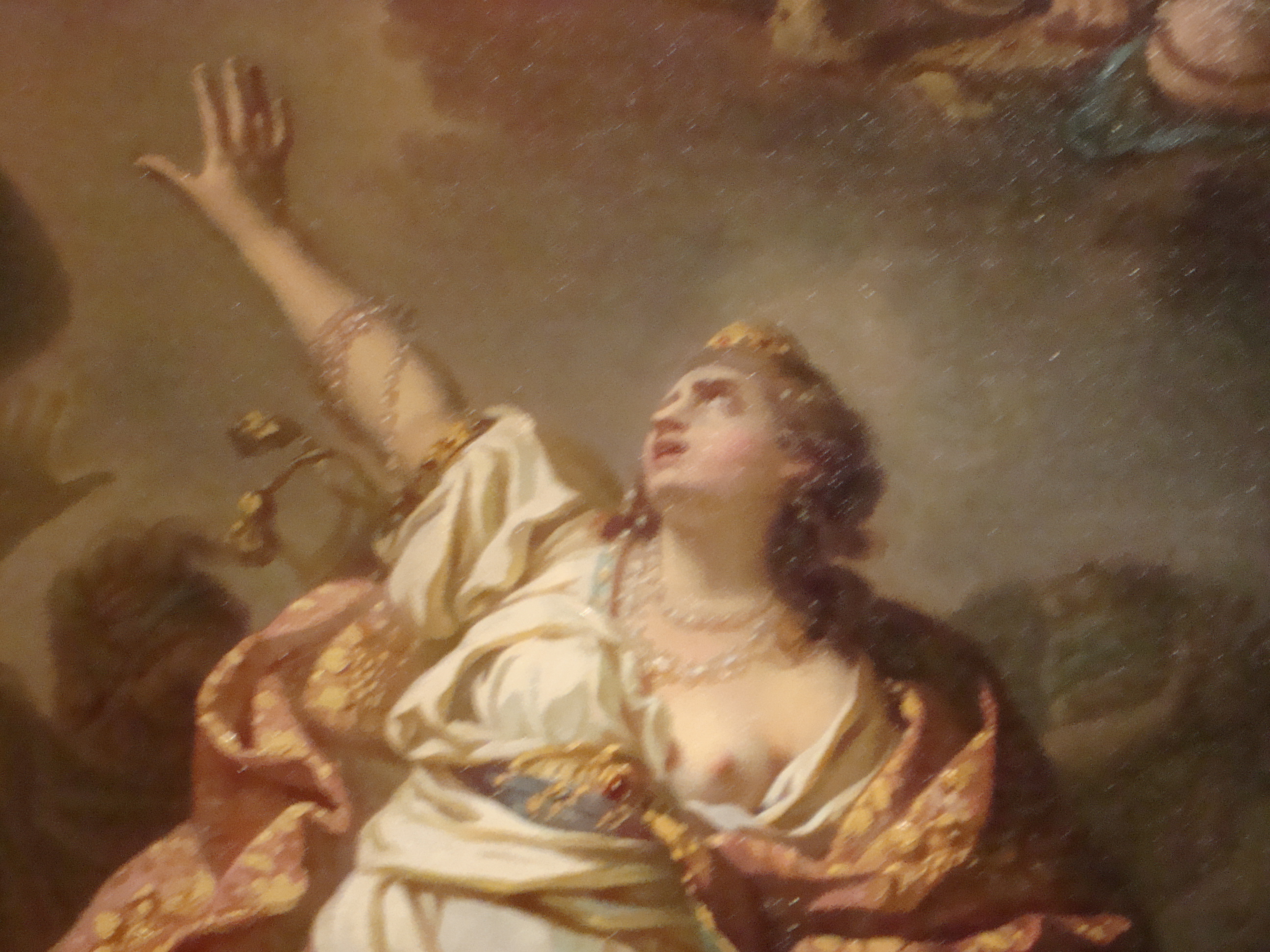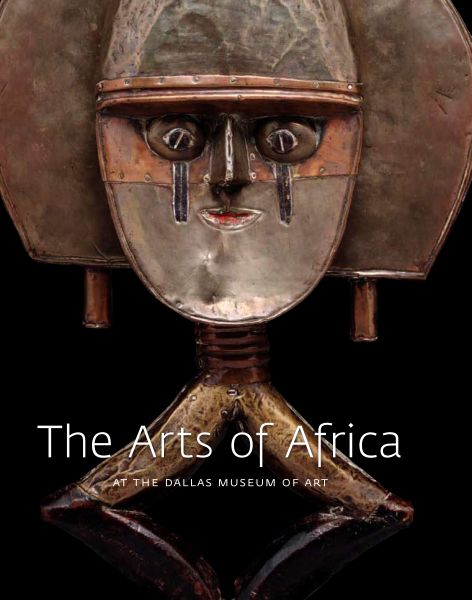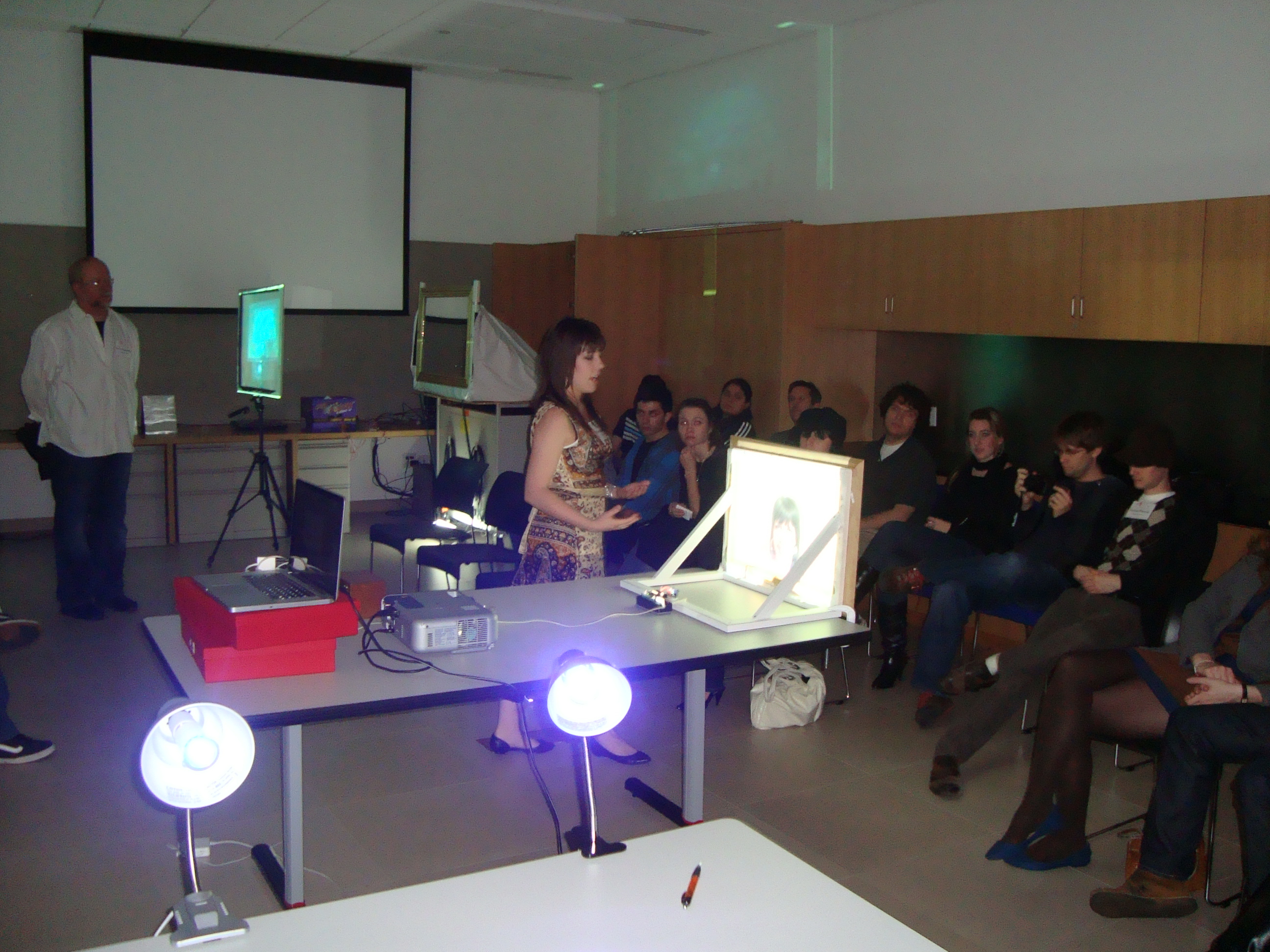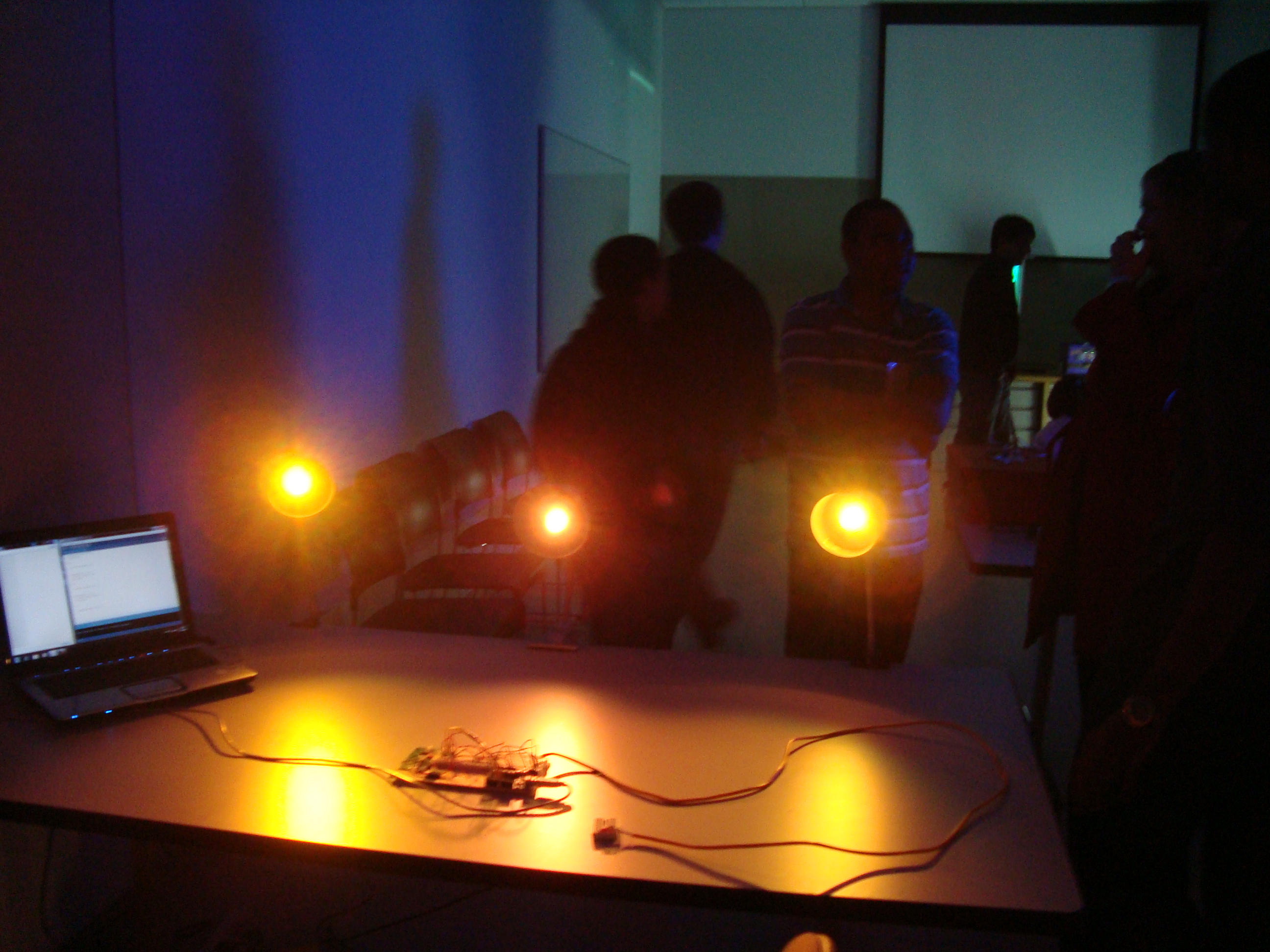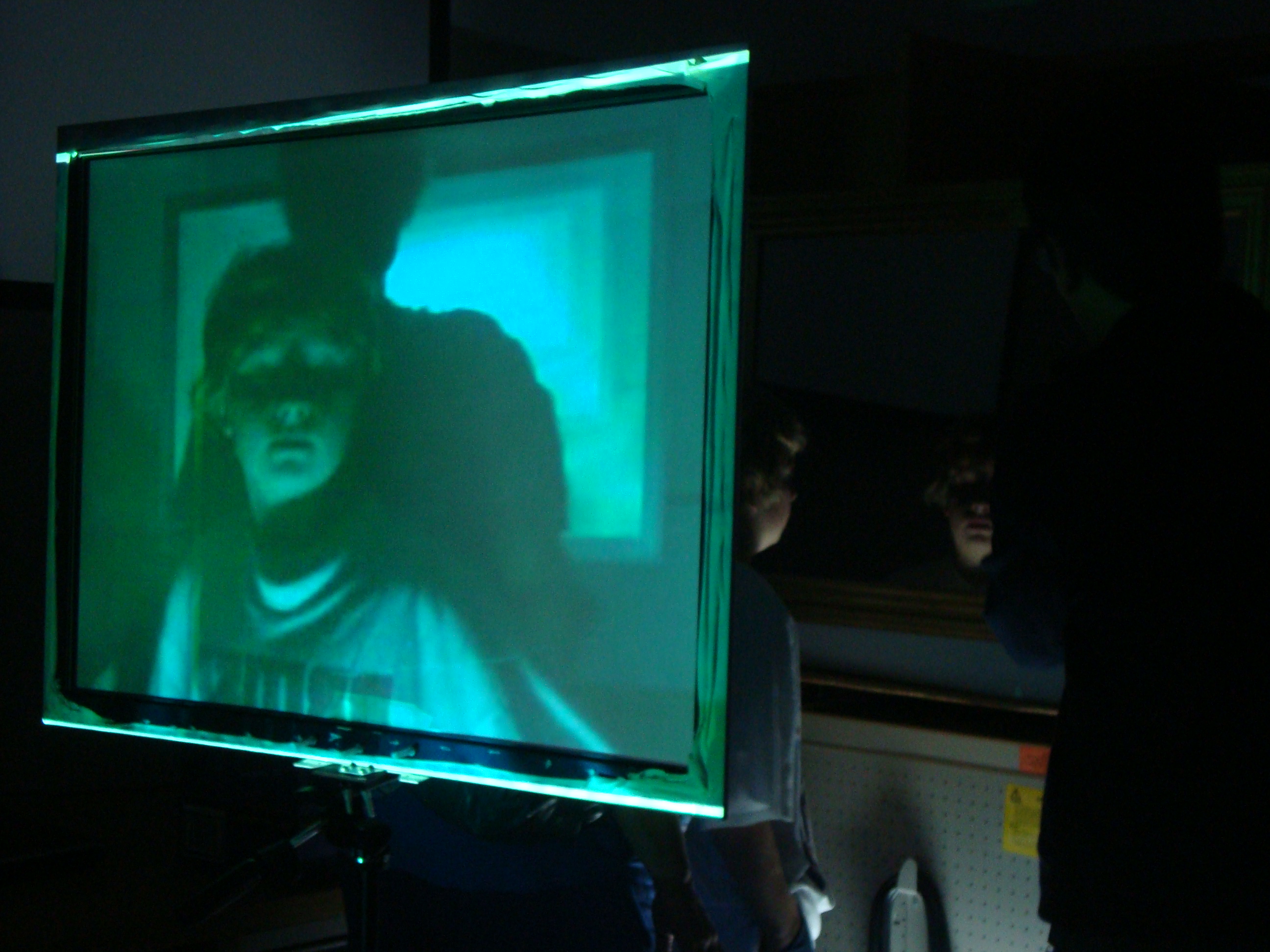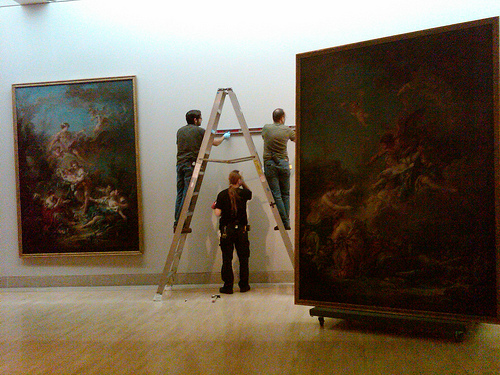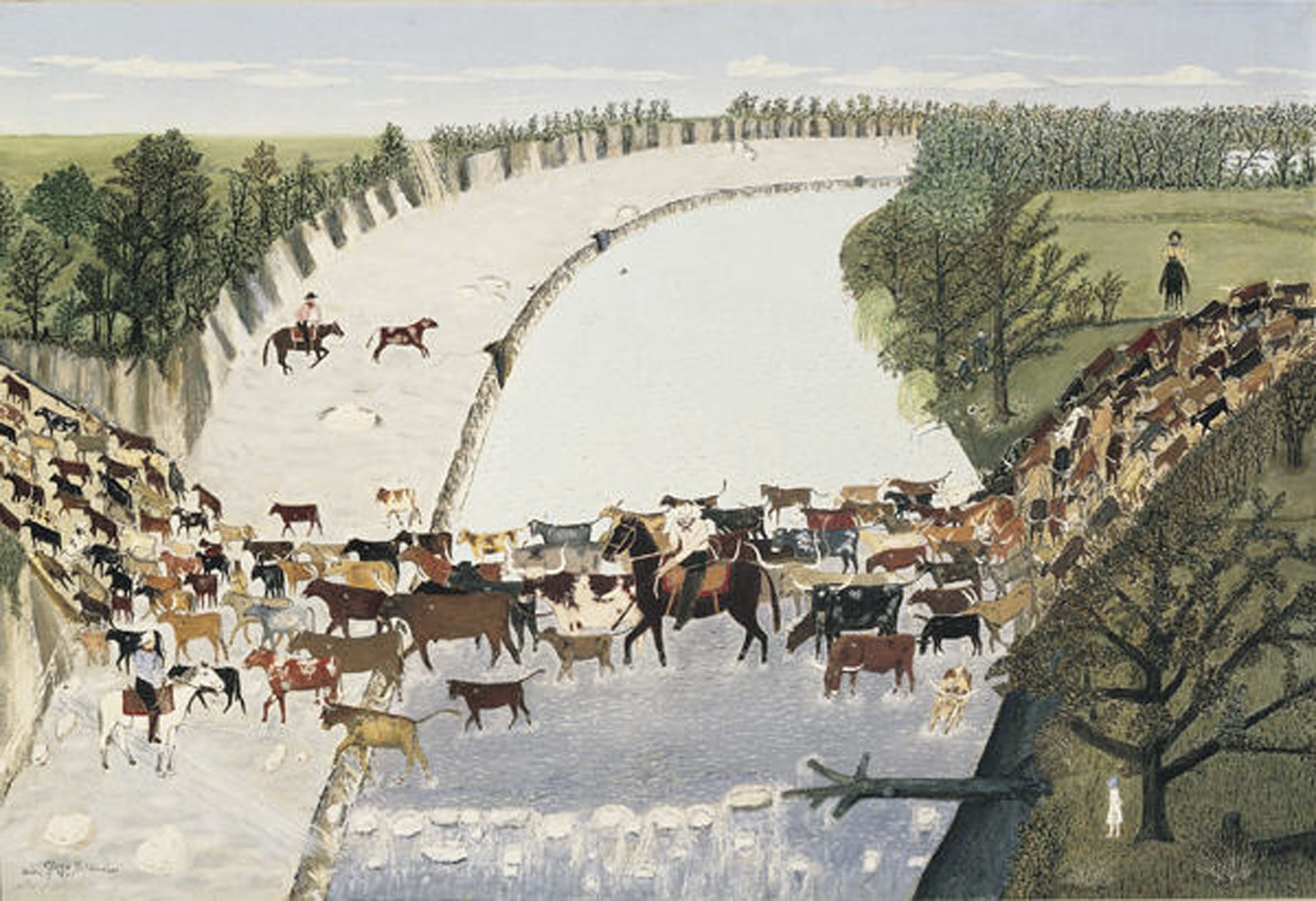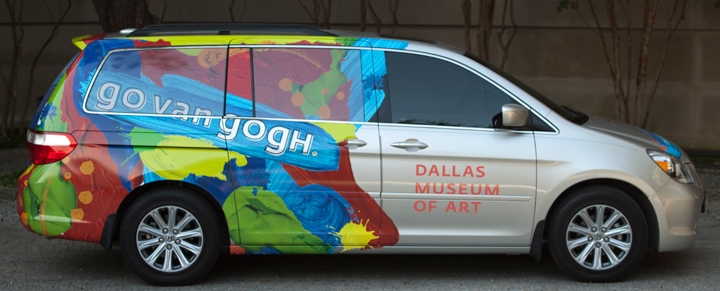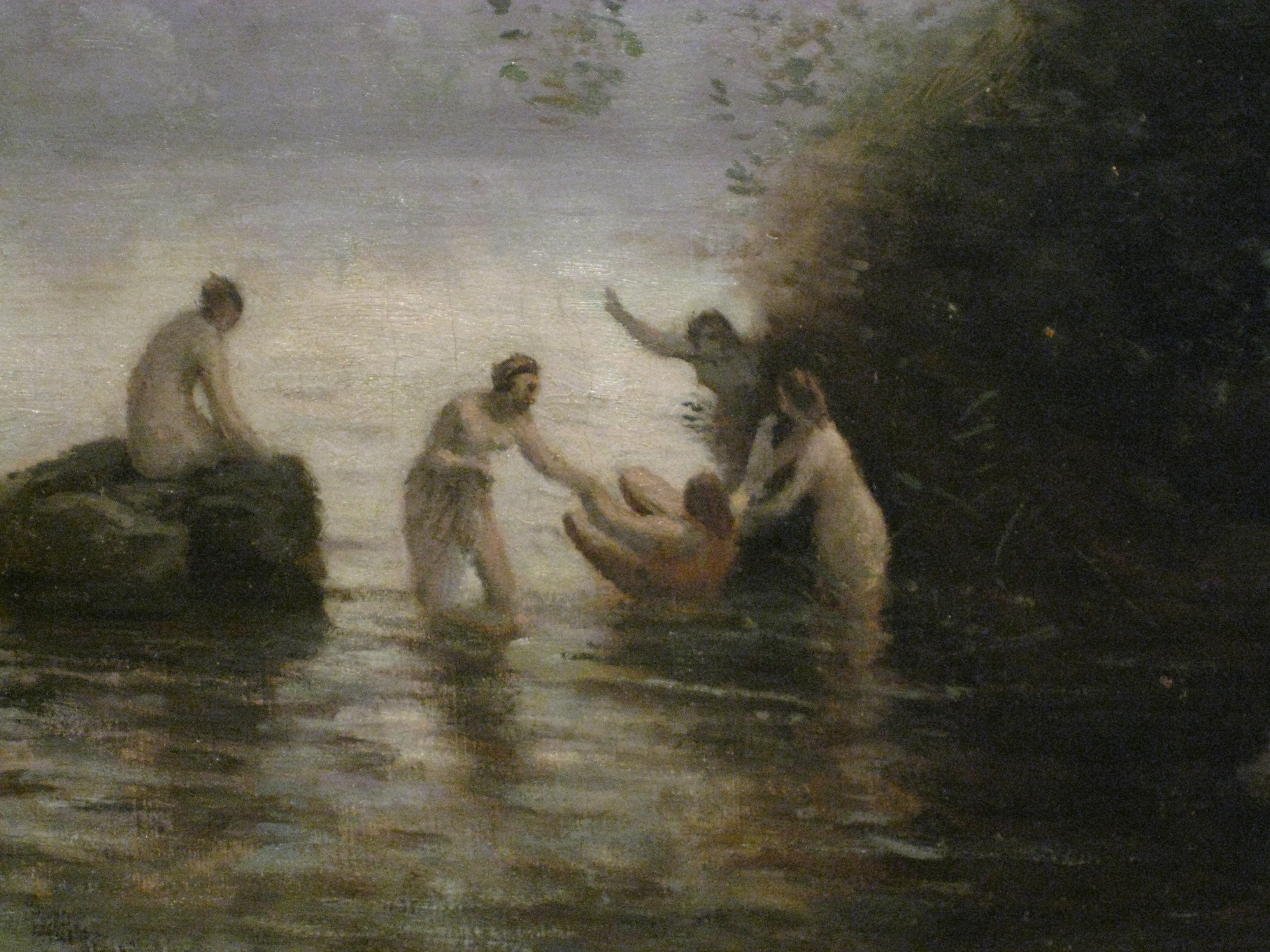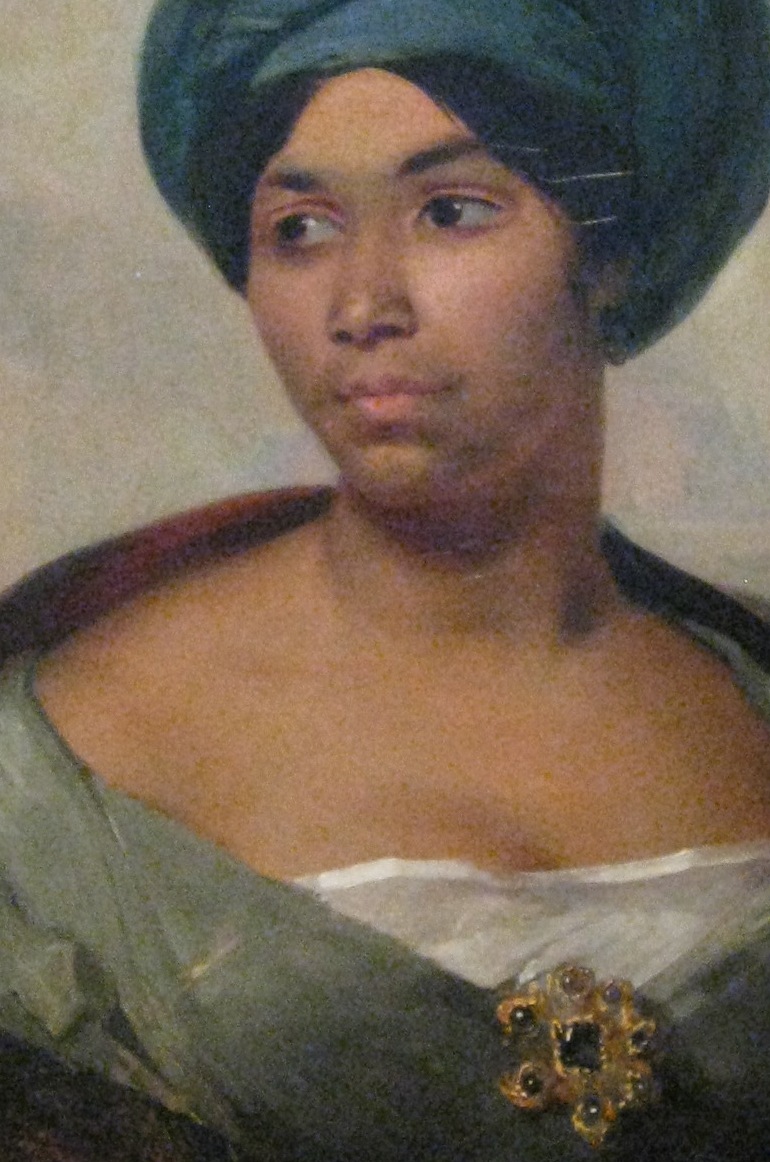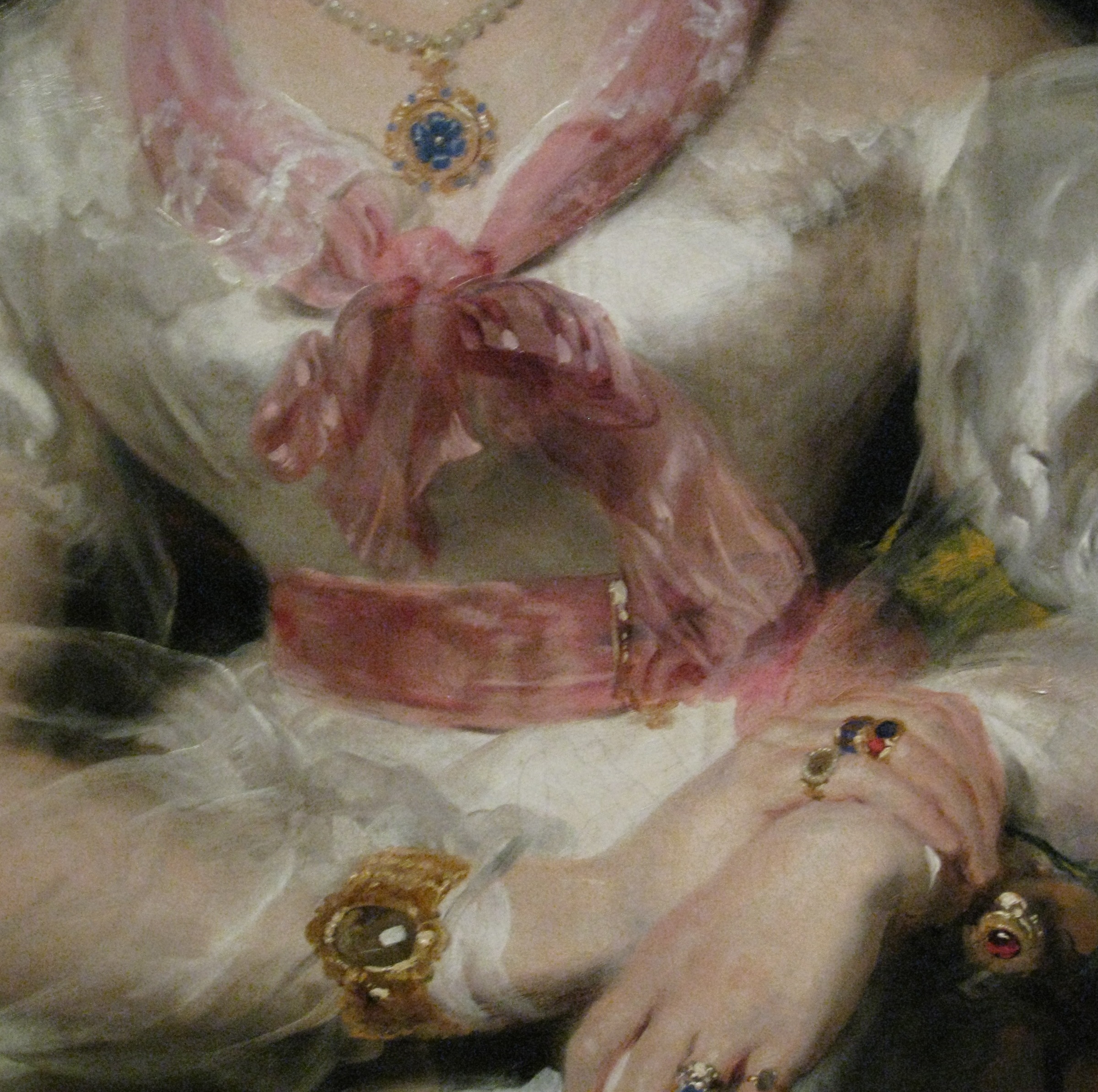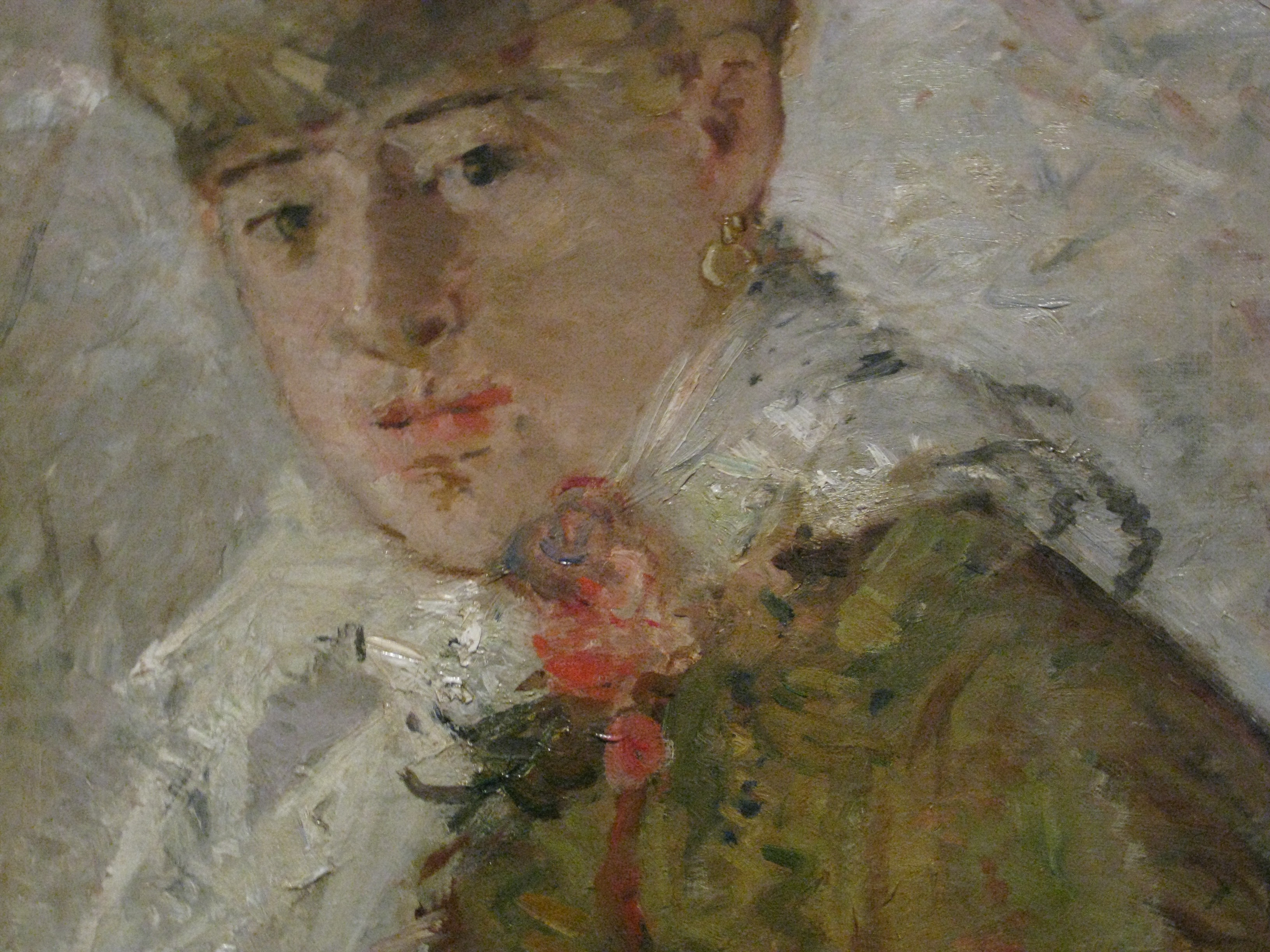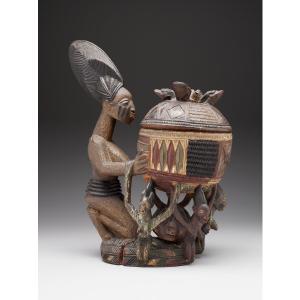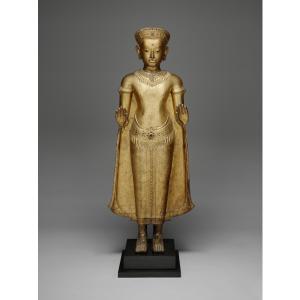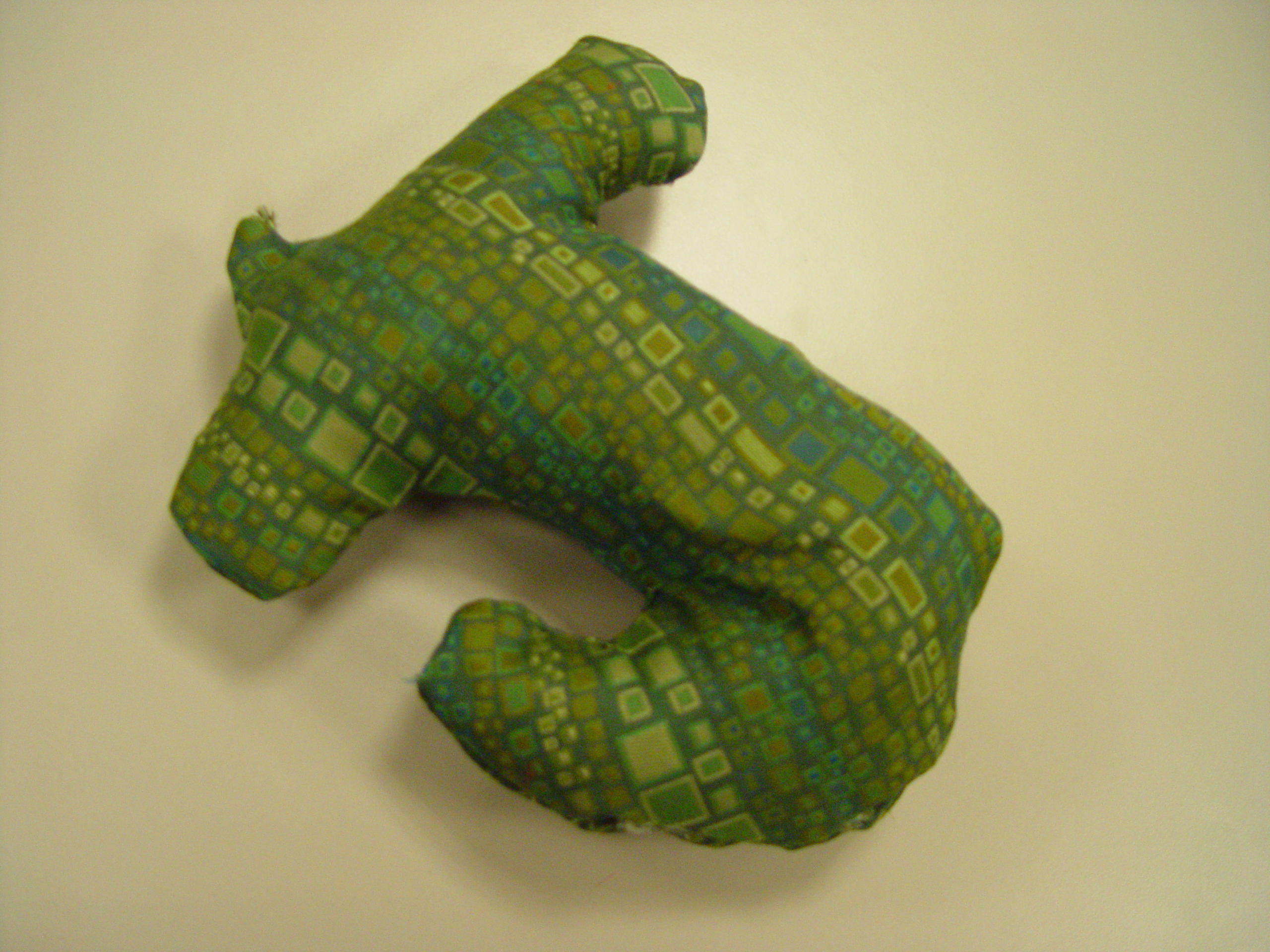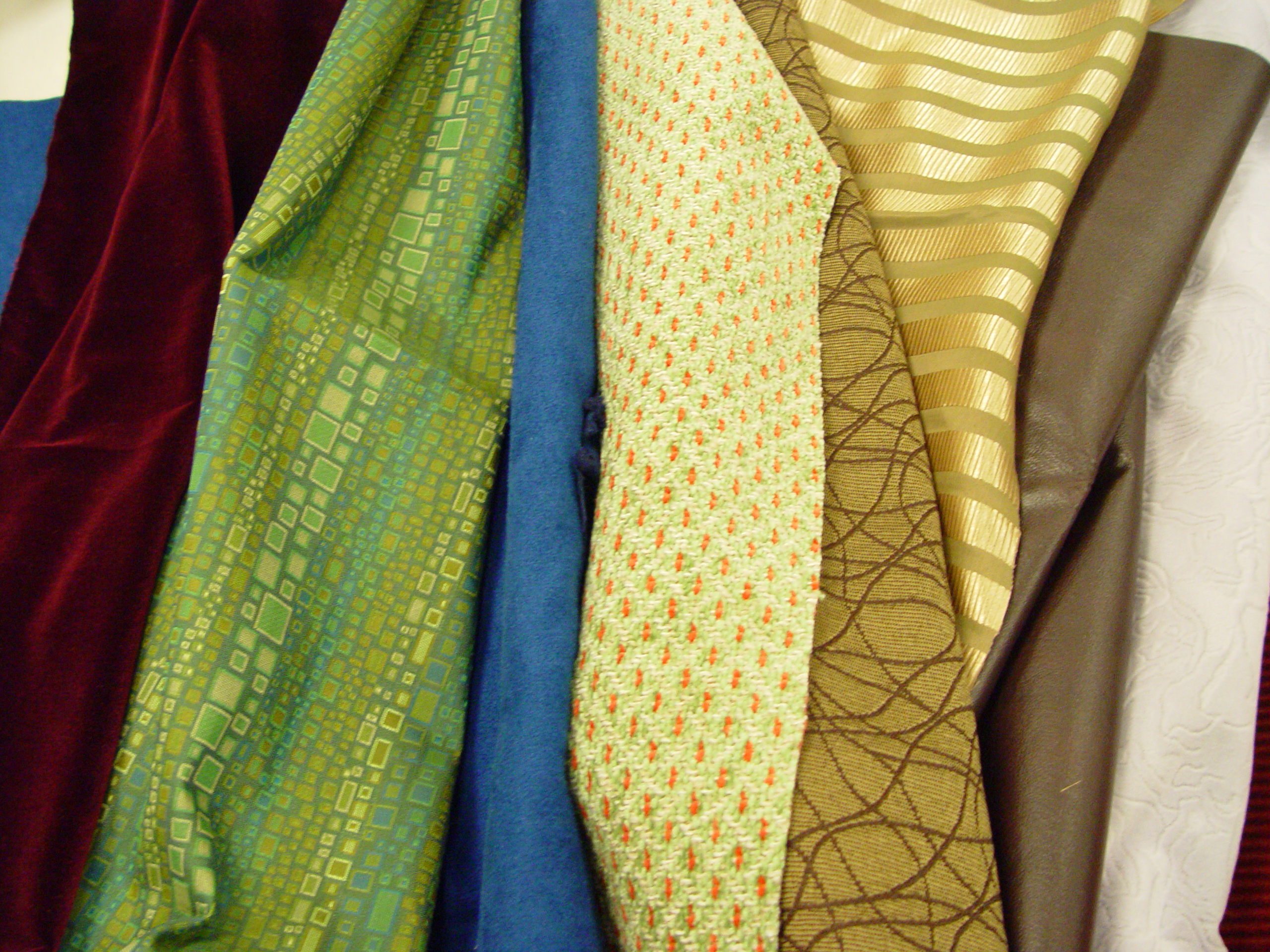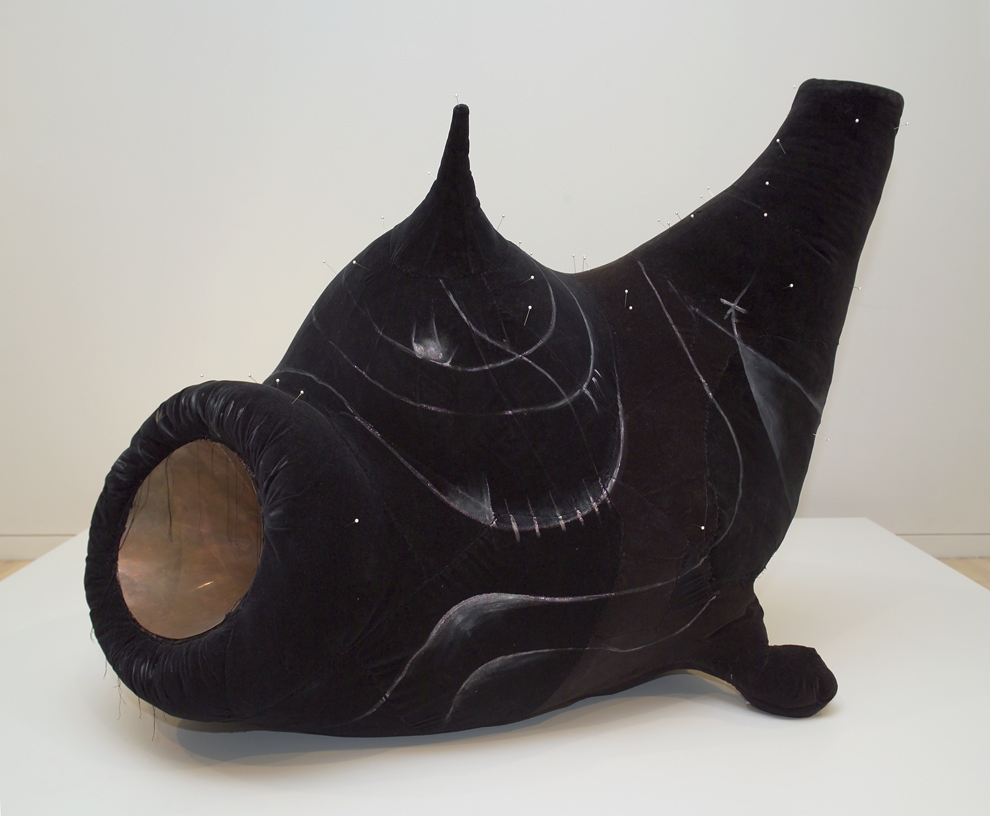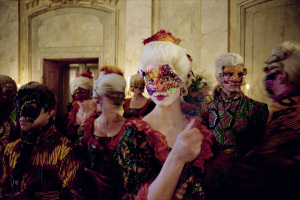During the 2008-09 school year, we partnered with Spoken Word artist Will Richey for our afterschool program. Will led weekly workshops at YMCA’s and Boys & Girls Clubs throughout the Metroplex. Students were encouraged to write original poetry inspired by their lives and by artworks from the Museum. The afterschool program concluded with performances by the students at their branches, a reception at the Museum, and a book of poems by all program participants. For about four months, Will and I saw each other or spoke almost daily. Afterward, we both became busy with different projects, so it was a treat to catch up with him over lunch.

The animated Will Richey
What first made you want to become an artist?
The artistic side is my mom’s influence. She had me in art and piano lessons as a child. My first love was basketball, and that seemed to get in the way of my art. As an adult, I’ve reconnected with my creative, artistic spirit. I feel it honors my mom to be well-rounded. She is Puerto Rican, and the arts are a very strong part of that culture. My mother wanted to instill that in me, so I have an appreciation for different types of art – dance, music, performance, visual art, and poetry.
Tell us about Journeyman Ink.
Journeyman Ink. is a way of connecting my personal life and journey with my desire to transcend and connect cultures, creeds, and races through creative expression. In the fall of 2001, I walked the Camino de Santiago de Compostela, a 500 mile walking pilgrimmage across northwest Spain. This experience taught me that life is more about the journey than the destination. Ever since then, I’ve tried to make the most of every day. That’s what we’re trying to do with Journeyman Ink. Through Spoken Word performances, creative art workshops, and speaking opportunities, we try to encourage people of all ages to embrace life as a journey. Look for more information at www.JourneymanInk.com in 2010.
Describe your approach to teaching Spoken Word to students.
The best way I can answer this question is with the first four lines of a new piece:
It’s not about poetry, it’s about personal connection
It’s not about writing, it’s about self-expression
It’s not about reading aloud, it’s about taking pride in your name
It’s not about performing for the crowd, but realizing we’re all the same
Of course, Spoken Word is about all of these things, but my philosophy is that I am a facilitator. I am not there to impose my craft on someone. I’m there to draw out the interests, the personality, the dreams of the kids.
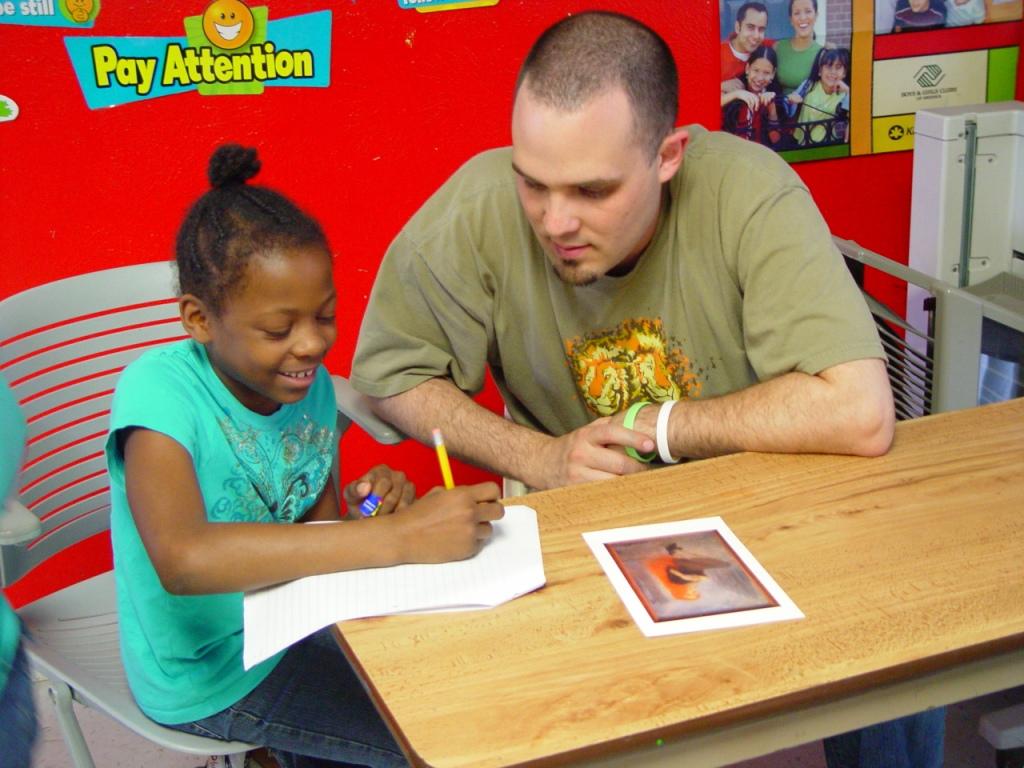
Will works with a student at Westlake Village Boys & Girls Club.
What serves as inspiration for your work?
I’m very inspired by the human story. I try to help people understand we have so much more in common than we are different. We have so many barriers (religion, academic achievement, economic status) that get in the way, but the bottom line is we are all connected. We all share the human experience.
Could you write a short poem about today’s lunch? (No pressure!)
Today is an opportunity – a joyous moment
Shared over good food and conversation
Reminiscing over magical collaborations
And answering questions with purpose.
Blessed with friendship and creativity
Connecting the DMA with young artists
Realizing we have nothing more than today
To smile and let our light shine!
Will signed his impromptu poem, which was written on the back of a to-do list. I hung it with pride next to my desk.
Melissa Nelson
Manager of Learning Partnerships with the Community
